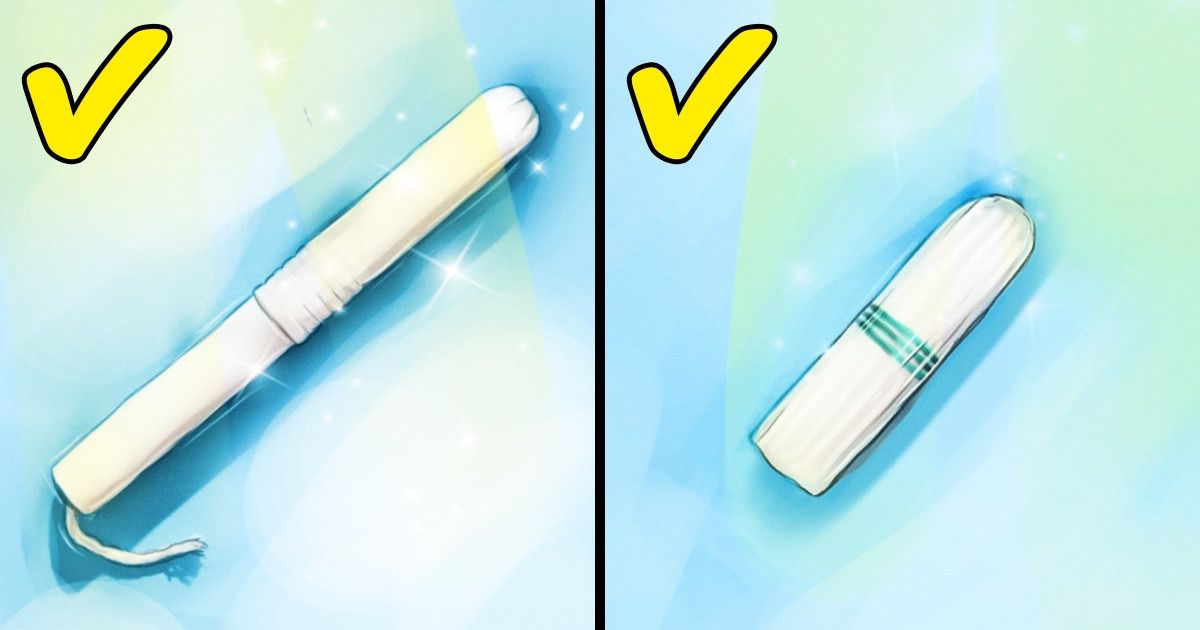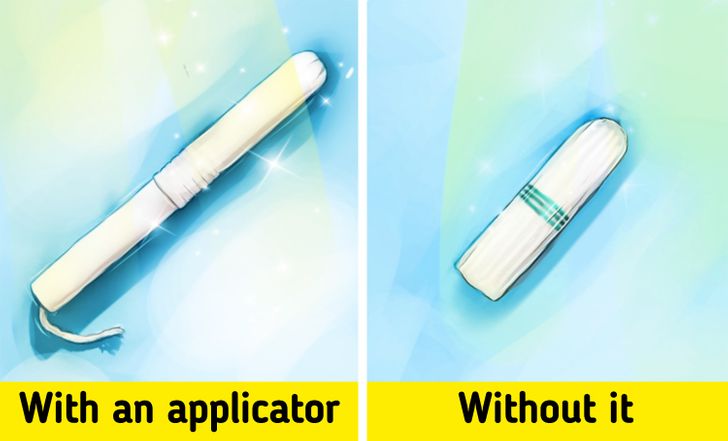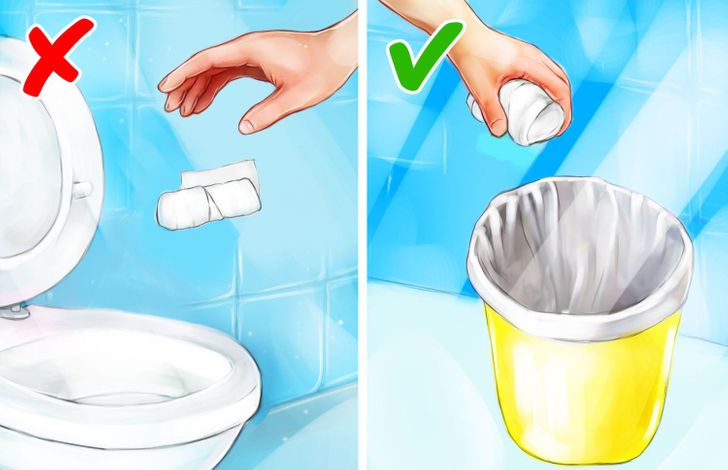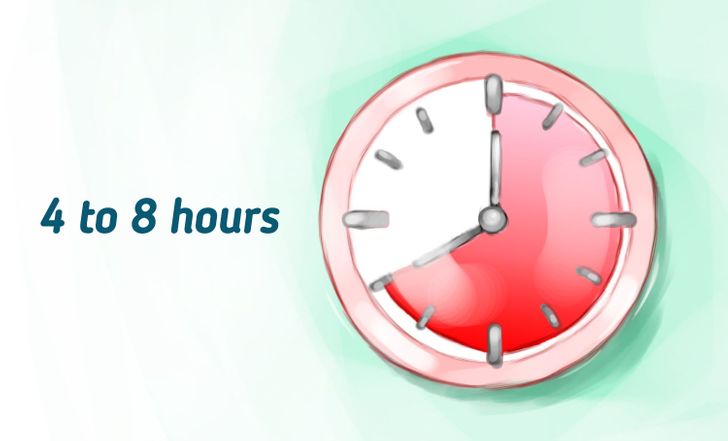How to Choose Tampons

Tampons are small tubes of cotton wool that you use during your period. There are 2 types of tampons — ones that come with an applicator and others without an applicator that you insert with your finger. In both cases, there’s a string at one end of the tampon, that you pull to remove it.
5-Minute Crafts would like to tell you how to choose tampons, how often to change them, and what to remember before using them.
What are the benefits of using tampons?
What are the drawbacks?
-
Inserting them can be uncomfortable, especially when trying for the first time.
-
They can sometimes irritate and dry out your mucosal lining, making it itchy and uncomfortable.
-
The biggest downside to wearing tampons is the risk of toxic shock syndrome (TSS). It used to be primarily associated with using super-absorbent tampons. Often, toxic shock syndrome results from toxins produced by Staphylococcus aureus (staph) bacteria, but the condition may also be caused by toxins produced by group A streptococcus (strep) bacteria.
-
Tampons have a limit on usage time — 4 to 8 hours.
-
Tampons inevitably end up in landfills and harm the environment.
How to choose tampons?

Tampons come in different “sizes” depending on their absorbency:
- light — small tampons with low absorbency. They are good for a low flow.
- regular — they are medium-sized and medium absorbency. They are good for a medium flow.
- super — they are a bit bigger than usual. They have the highest absorbency and are sold with the marking “super” or " super plus." They are good for a very intense, heavy flow.
You should remember that toxic shock syndrome is primarily associated with using super-absorbent tampons. So it’s best to use the lowest or lightest absorbency that lasts you a few hours.
In addition to the size, consider whether or not the tampons have an applicator — a small stick made of cardboard or plastic that helps to insert the tampon. Applicators can be useful for those who have difficulty inserting a tampon. A tampon without an applicator is inserted by pushing it in with a finger. For proper placement of a tampon, strictly follow the instructions on the product packaging.
How to dispose of tampons?

Wrap the used tampon in toilet paper and throw it into the trash bin. Never flush used tampons down the toilet. This can cause blockages.
How often do you have to change tampons?

Experts recommend changing your tampon every 4 to 8 hours, or more often if you have a heavy flow. Never leave it in longer than 8 hours. This can cause toxic shock syndrome. You can leave a tampon overnight, but you should insert it right before bed, set an alarm, and replace the tampon as soon as you get up in the morning.
What should you do if you forgot to remove a tampon?
Don’t panic. It’s not possible for a tampon to get lost inside you, and you can remove it by yourself. If you still can’t get the tampon out, go to your GP practice or nearest sexual health clinic as soon as possible. Healthcare staff will be able to remove it for you. Remember that tampon manufacturers advise that a tampon shouldn’t be left in for more than 8 hours.